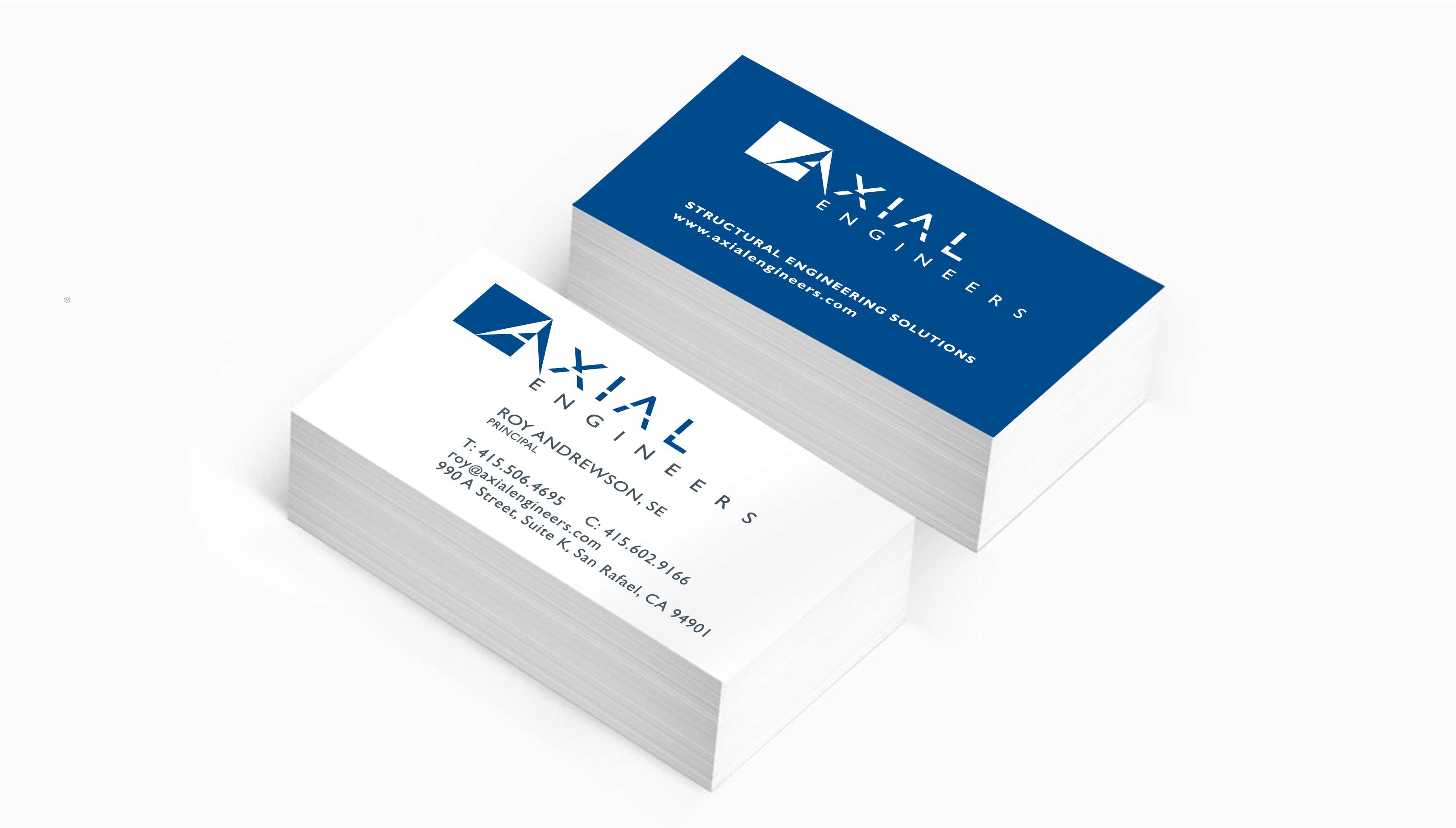BRAND IDENTITY / Icons & Logo Development
A brand is not just a logo. A brand is the sum total of all emotions, thoughts, images, history and gossip that exists in the marketplace about your company.
Branding involves discovering who you really are, what you stand for, and understanding your organizational culture. It also involves finding out whether people see you as you want to be seen. A company’s brand icons include everything from website and business cards, to videos and all other marketing materials. The example below is the logo and web design for Axial Engineers. The theme BUILDING INGENUITY refers back to the core brand values of the new firm established through the G+K Brand RoadMap process.
If your company were a suit of clothes, a brand construct would be the thread that holds it together. Throughout the brand process, our clients gain clarity and focus which enables G+K to establish the following:
1. Differentiation: This is how a brand is distinguished from others; it is different or specialized by how it is characterized in terms of its visual and verbal identity, and each and every experience a user has with it.
2. Ownership: Most brands are parity products or services. Thus, you have to own or claim a quality, personality, or posture that may preempt the competition, though will surely align a brand with an identifiable attribute(s). Owning a quality, even though others in your category have the same quality, establishes your brand in the audience’s mind as the primary possessor of that quality. GREAT EXECUTION BECOMES CONTENT. Facts and knowledge are not enough to persuade. Even in a world of product parity, HOW your company communicates its benefits becomes paramount.
3. Consistency: The construct must allow for flexibility in the generation of the individual ideas—whether for a brochure, web site, annual report, or ad campaign, or even the tone of copy—that hold together under the banner of the construct and are built on the foundation of the original construct. A flexible—or elastic—construct permits consistency across brand applications (with necessary variations to maintain interest), and permits a consistent brand voice, a consistent tone established in all verbal and visual communication.
4. Relevance: A successful brand must embody a quality that is relevant to an audience. The quality might manifest itself as a brand promise, an appealing attribute, a tangible benefit, a compelling heritage, an entertaining attitude, or even an assurance of worth. It must exemplify something—tangible or intangible—that people find compellingly relevant to their lives.



